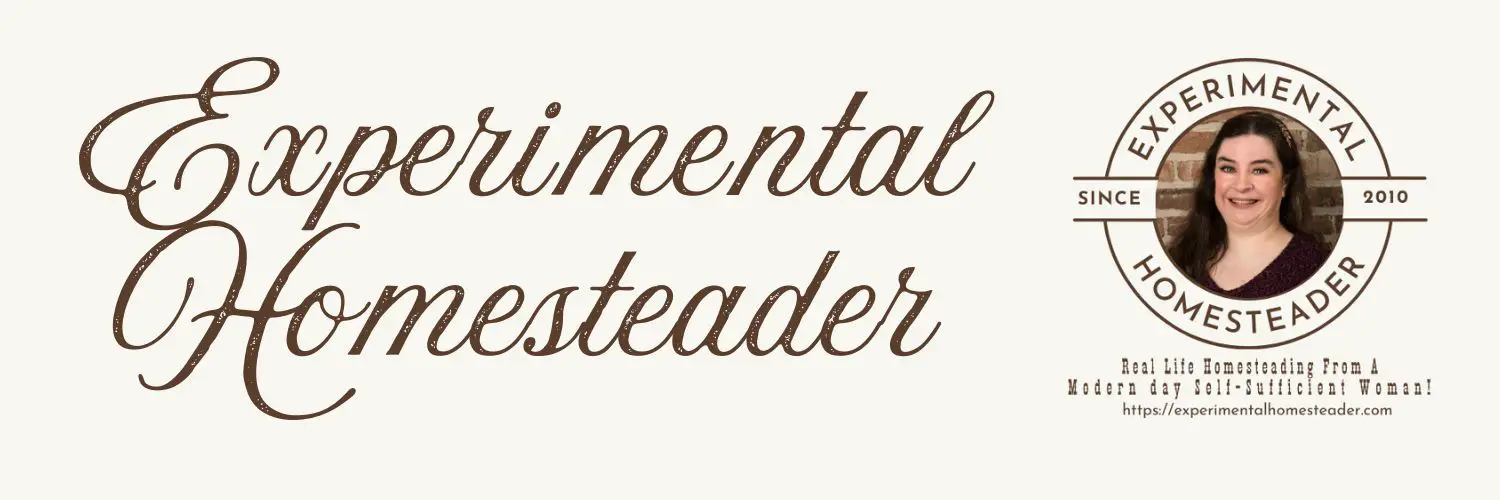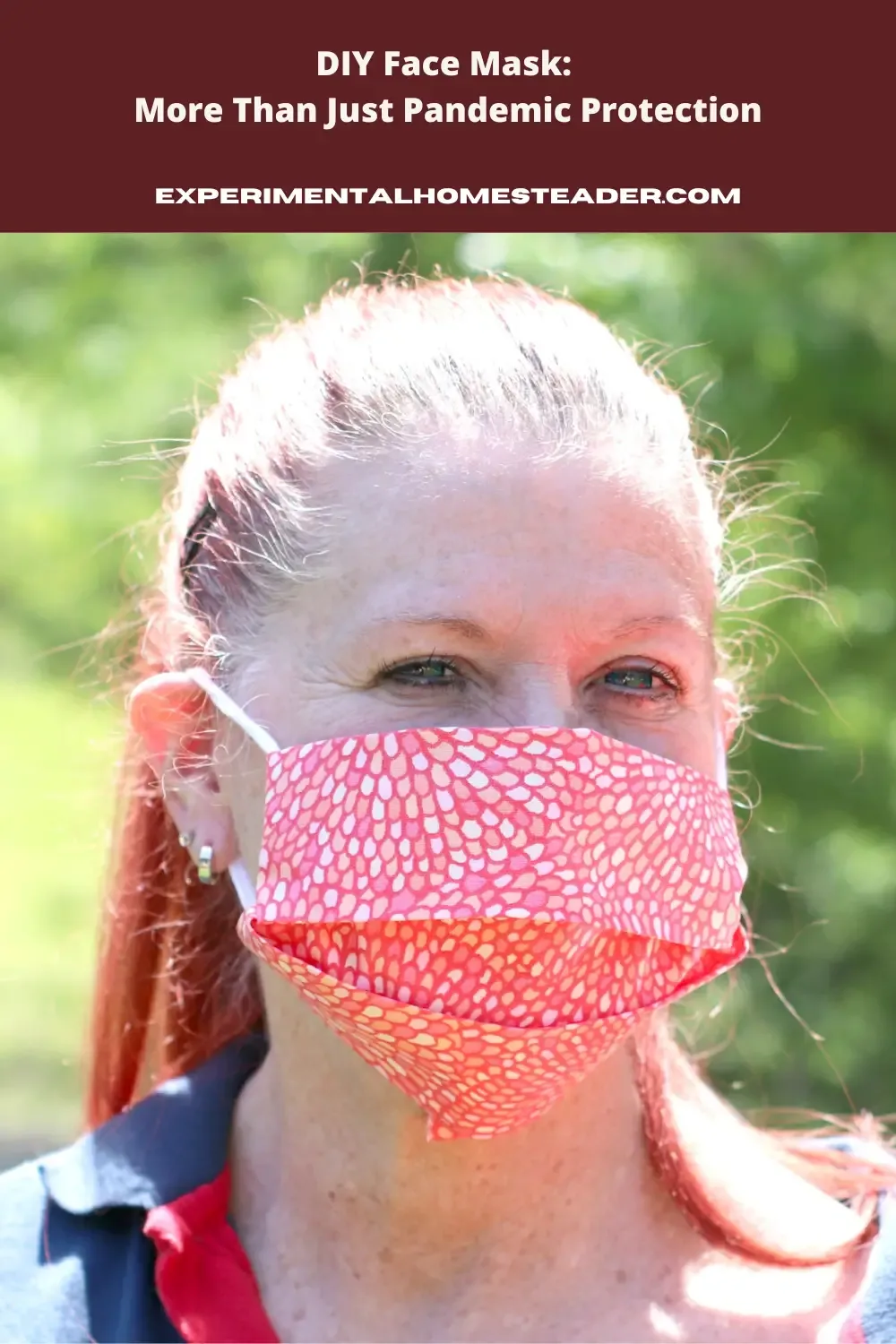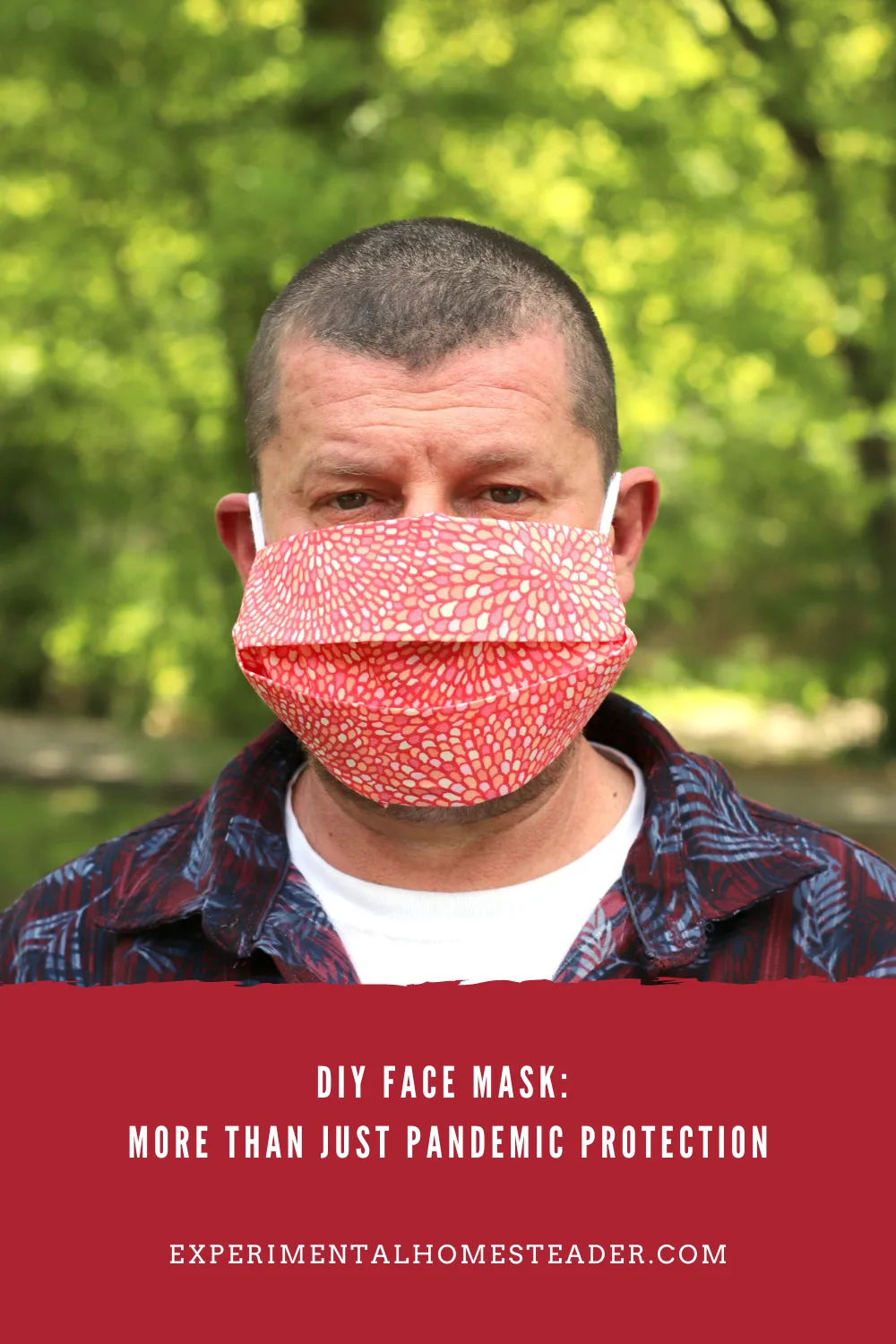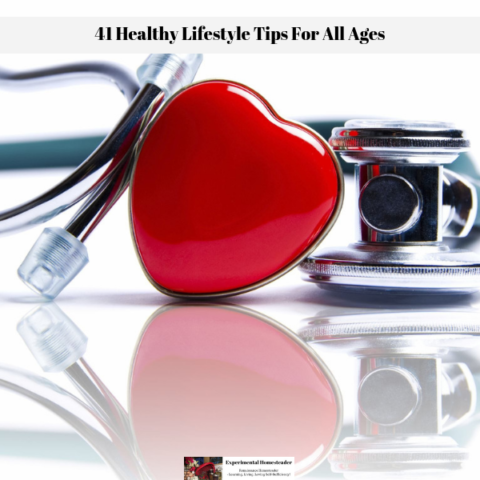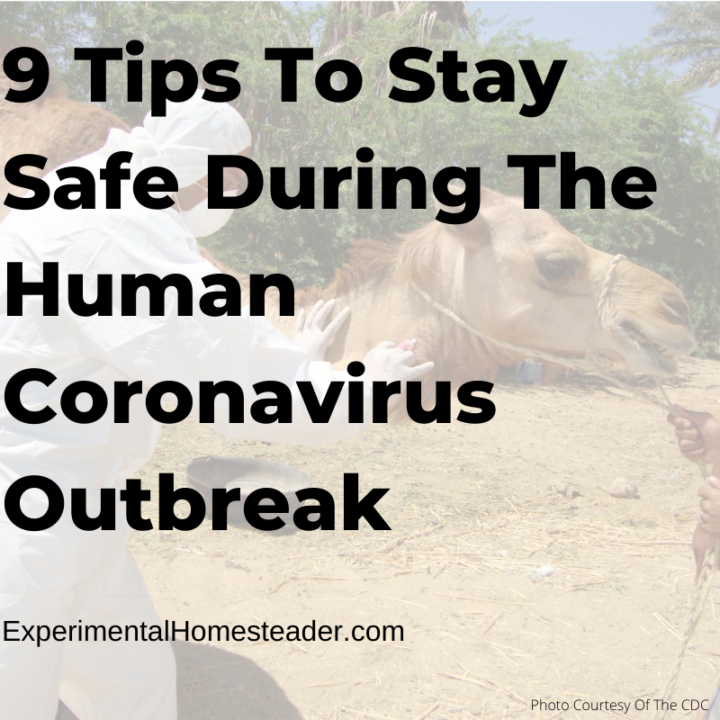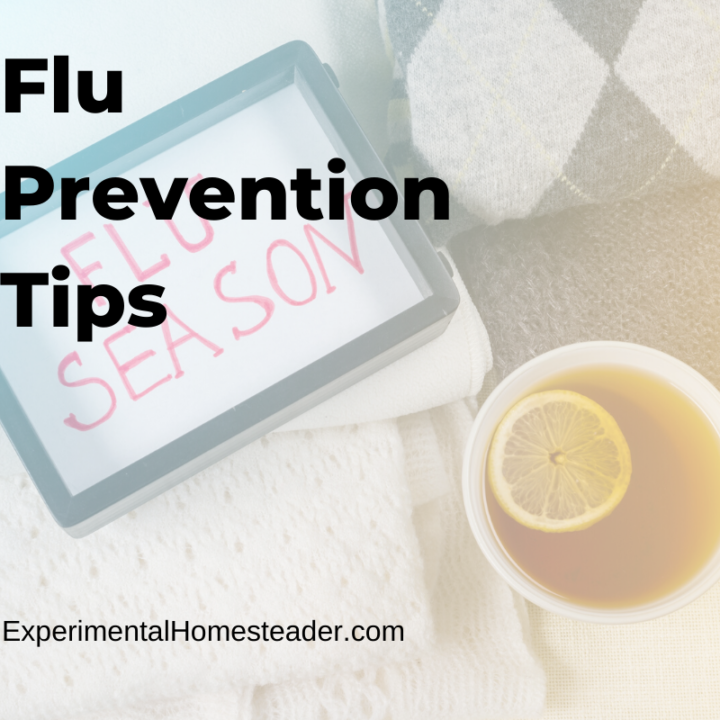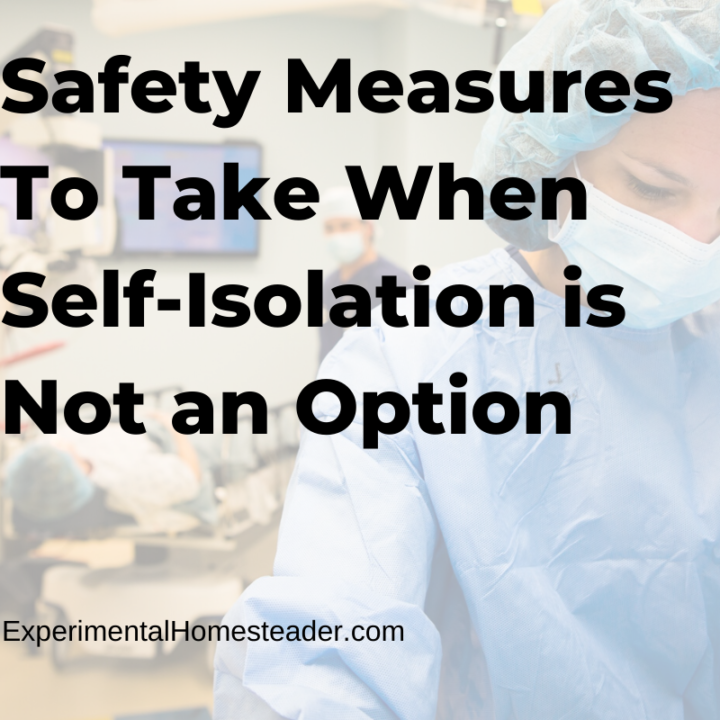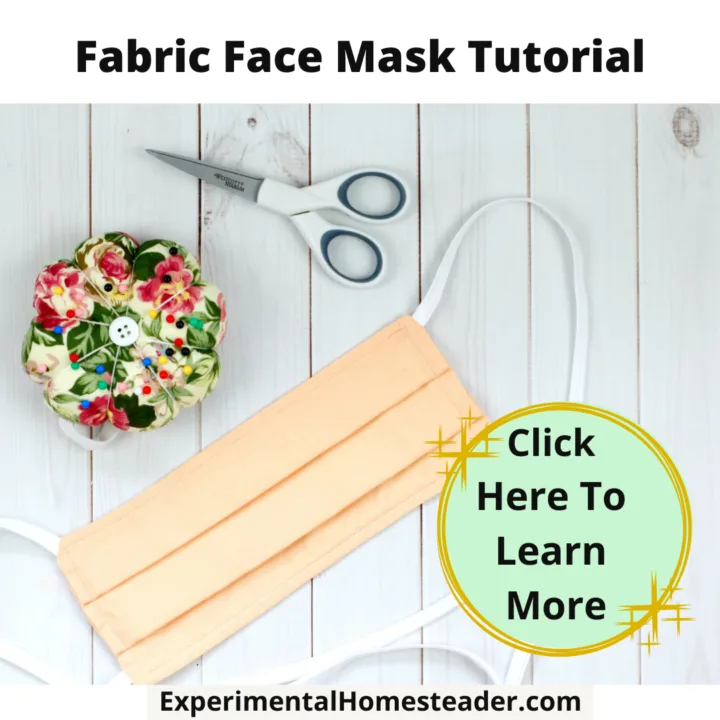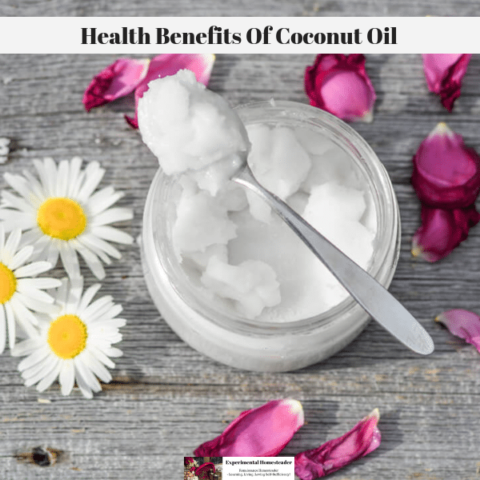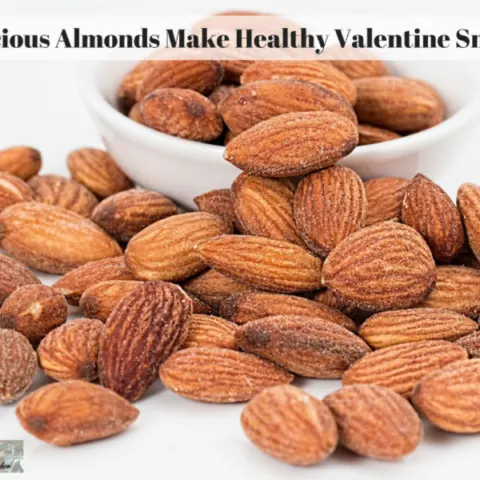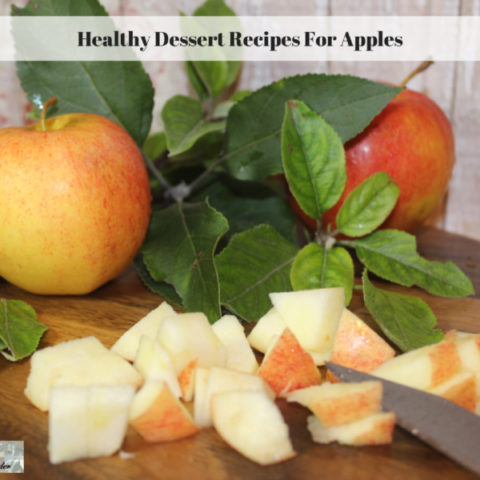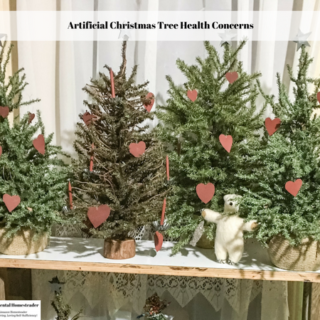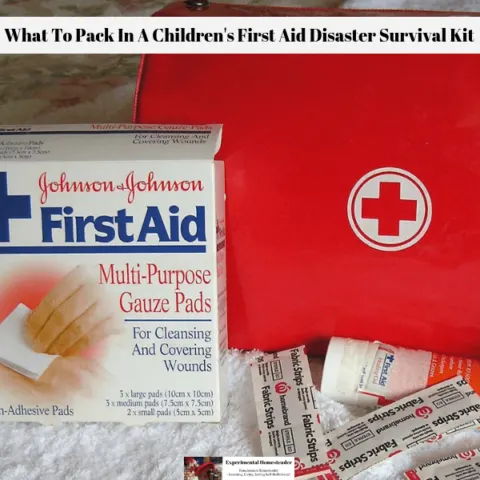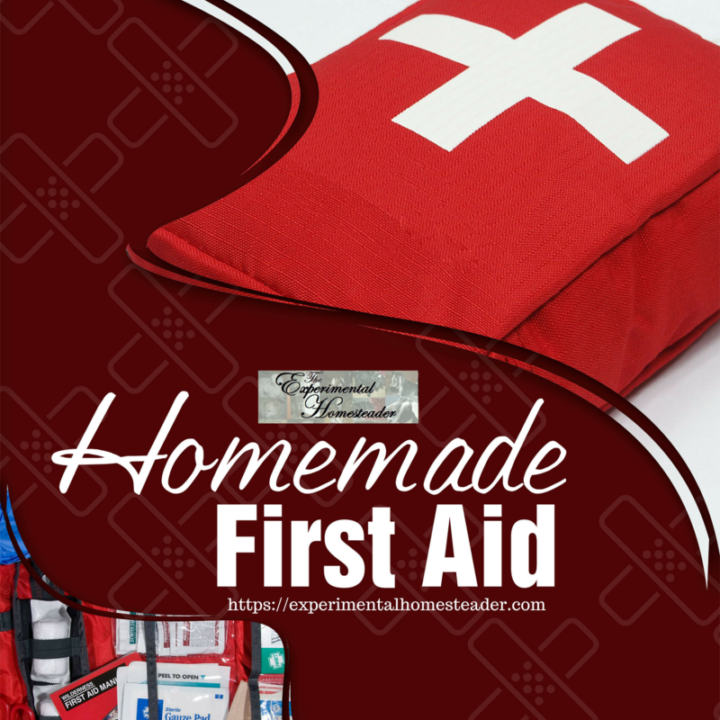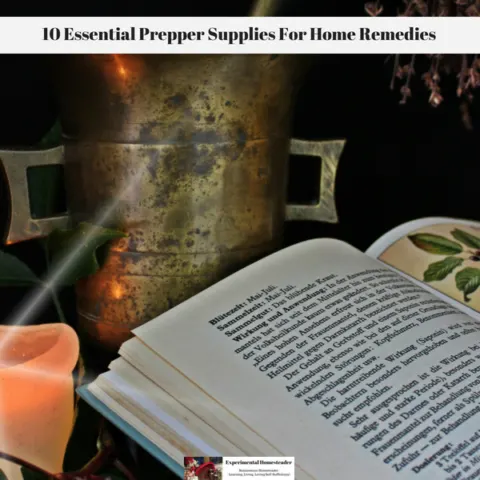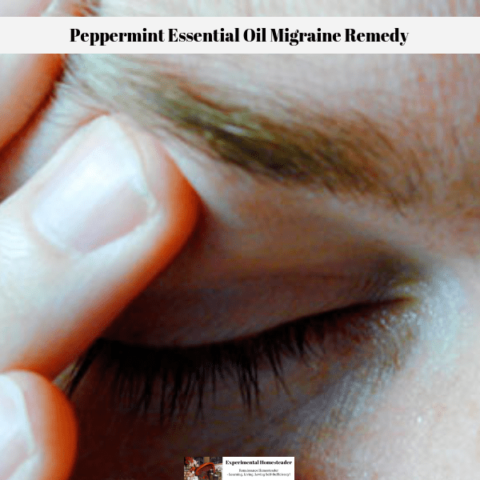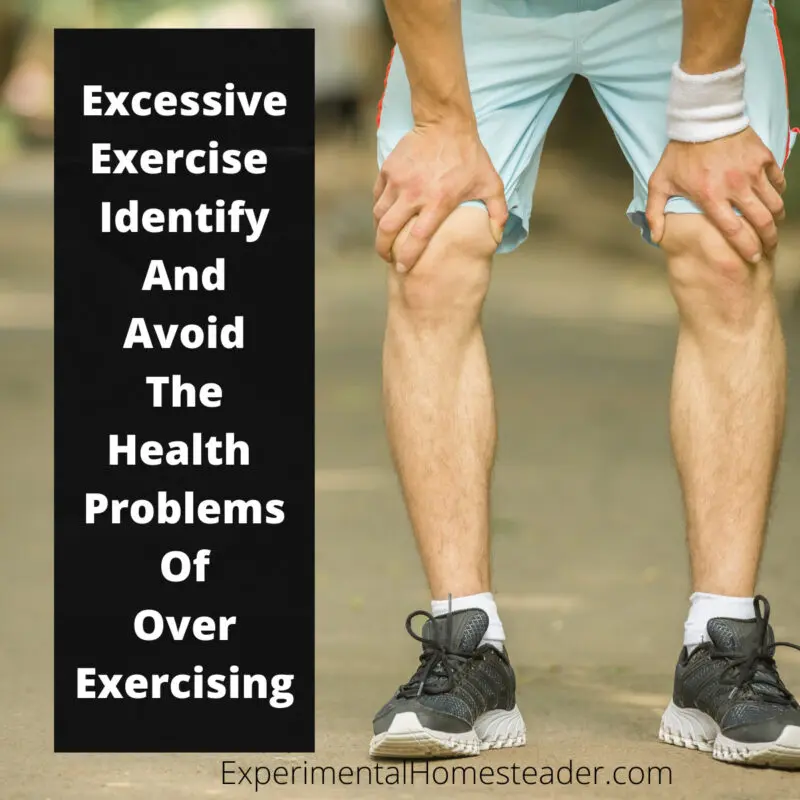Hey there, fellow homesteaders and preppers!
Today, I want to talk about a topic that has been on everyone's minds in recent times: DIY face masks.
While face masks initially gained prominence during the COVID-19 pandemic, they have found a place in various aspects of our lives, especially in the homesteading and prepping community.
In this article, we're diving into the versatile world of DIY face masks and why knowing how to make them is a valuable skill for everyone, plus you will find two different tutorials, one for a no sew face mask and one you sew.
The Multi-Purpose Face Mask
Face masks are no longer just a means to protect against viruses.
They have evolved into a versatile tool for homesteaders and preppers alike.
Let's explore some of the reasons why you might find yourself reaching for a DIY face mask:
1. Dust and Allergies: If you're spending time on your homestead, you know that dust and allergens are part of the package. A face mask can be your best friend during hay-baling season or while tending to your garden. It keeps those pesky particles at bay, ensuring you breathe easy.
2. Animal Husbandry: As someone who's into animal husbandry, especially goats and chickens, you're no stranger to odors and dust in the barn. A face mask can make your daily chores more comfortable and odor-free. Trust me; your nose will thank you!
3. Smoke and Wildfires: Preppers, this one's for you. Face masks are essential in case of wildfires or any situation where air quality takes a nosedive. Having DIY no sew face masks ready can be a lifesaver in such emergencies.
4. Personalization and Style: Now, here's where your creative side comes into play. You can decorate face masks with embroidery or using iron-on vinyl with your Cricut. Not only does this add a personal touch, but it also showcases your unique style.
Why DIY No Sew Face Masks?
You might wonder why we're specifically focusing on DIY no sew face masks.
Well, they have their own set of advantages:
- Quick and Easy: No need for sewing skills! These masks are a breeze to make, and we'll discuss the process in detail shortly.
- Accessible Materials: You probably have most of the materials at hand, making it a cost-effective option.
- On-the-Go Solution: In emergencies, you can whip up a DIY no sew face mask in minutes, ensuring you're always prepared.
Simple and Sustainable: DIY No Sew Face Mask with T-Shirt Ties
Sometimes, the most effective solutions are also the simplest.
In the tutorial below, we'll show you how to create a DIY no sew face mask using an item you probably have lying around – an old t-shirt.
This ingenious method replaces traditional elastic with soft and comfortable t-shirt ties, ensuring a secure fit without any sewing required.
Whether you're looking for a quick mask-making solution or aiming to reduce waste by repurposing old clothing, this tutorial has got you covered.
Let's embark on this eco-friendly and hassle-free journey to crafting a face mask that's as comfortable as it is sustainable.
<div
data-shortcode="mv_create"
data-attributes='{DQUOTEkeyDQUOTE:DQUOTE263DQUOTE,DQUOTEtitleDQUOTE:DQUOTEDIY No Sew
DIY No Sew
Mask Decorating Ideas
Personalizing your DIY face masks can be a delightful creative outlet.
Here are a few ideas to get you started:
- Embroidery: If you enjoy embroidery, why not stitch a beautiful design onto your mask? It's a fantastic way to showcase your skills while staying safe.
- Iron-On Vinyl: Using iron-on vinyl with your Cricut machine, you can add intricate designs, monograms, or even motivational quotes to your masks.
- Fabric Paint: Get your artistic juices flowing and paint unique patterns or scenes on your face masks. You're not just protecting yourself; you're wearing a piece of art!
Crafting Comfort: Easy-to-Sew Molded Style Face Masks in Four Sizes
Are you ready to take your DIY face mask game to the next level?
In the tutorial below, we'll explore the art of crafting easy-to-sew molded style face masks, in four different sizes.
These masks offer not only a snug fit but also enhanced comfort, making them a perfect addition to your face mask collection.
Whether you're making masks for yourself, your family, or your community, mastering this pattern will give you the versatility you need to cater to various face shapes and sizes.
Let's dive into the world of sewing and create masks that combine both functionality and style.
<div
data-shortcode="mv_create"
data-attributes='{DQUOTEkeyDQUOTE:DQUOTE262DQUOTE,DQUOTEtitleDQUOTE:DQUOTEEasy to Sew Molded Style
Easy to Sew Molded Style
Unlocking the Potential: DIY Face Masks for Homesteading and Prepping
In conclusion, DIY face masks are more than just a response to a pandemic.
They are versatile tools that serve various purposes in the homesteading and prepping world.
Whether you're keeping dust at bay, adding a touch of personalization, or preparing for emergencies, knowing how to make these masks is a valuable skill for everyone.
So, get creative, stay safe, and remember, your DIY face mask can be both functional and stylish.
Frequently Asked Questions About Face Masks
Q: Why should I wear a face mask?
A: Wearing a face mask may help prevent the spread of respiratory droplets, reducing the risk of transmitting or contracting infectious diseases, including COVID-19.
Q: What types of face masks are there?
A: Face masks come in various types, including surgical masks, N95 respirators, cloth masks, and DIY options like no sew and molded style masks.
Q: Are DIY face masks effective?
A: DIY face masks can be effective when made and worn correctly. They provide a degree of protection and are especially useful when medical-grade masks are scarce.
Q: How can I ensure my DIY face mask fits properly?
A: To ensure a proper fit, choose a mask that covers your nose and mouth snugly without gaps. Adjust the ear loops or ties for a secure fit.
Q: Can I wash and reuse cloth face masks?
A: Yes, many cloth face masks are washable and reusable. Follow care instructions and wash them regularly to maintain their effectiveness.
Q: What's the difference between N95 and cloth masks?
A: N95 masks provide a higher level of filtration and are typically used in healthcare settings. Cloth masks offer basic protection and are suitable for everyday use.
Q: Can I decorate my cloth face mask like you mentioned earlier?
A: Absolutely! Personalizing your cloth face mask with embroidery, iron-on vinyl, or fabric paint adds a creative touch while maintaining functionality.
Q: How often should I replace disposable face masks?
A: Disposable masks should be replaced after each use. If the mask becomes wet or damaged, replace it immediately.
Q: Are face shields a suitable alternative to masks?
A: Face shields can provide added protection but are often used in conjunction with masks. Masks cover the nose and mouth, while shields protect the eyes and prevent direct splatter.
Q: Can children wear face masks?
A: Yes, children can wear face masks, but it's essential to choose masks designed for their size and ensure a proper fit. Encourage kids to wear masks in a fun and comfortable way.
Q: How do I make sure my mask stays comfortable during extended wear?
A: To maintain comfort, select masks made from breathable materials, adjust the fit as needed, and take short breaks if wearing for extended periods.
Q: Can I use no sew face masks for outdoor activities?
A: Yes, no sew face masks can be suitable for outdoor activities where dust or allergens are a concern. They offer a convenient option for quick protection.
Q: Are there specific guidelines for wearing masks during travel?
A: Travel guidelines may vary, but it's generally recommended to wear a mask in crowded areas, on public transportation, and in locations where social distancing is challenging.
Q: How do I clean and maintain my face mask properly?
A: Follow the care instructions provided with your mask. Most cloth masks can be machine-washed and dried. For disposable masks, dispose of them safely after use.
Q: Can I share my face mask with others?
A: It's best not to share masks, as they can retain respiratory droplets. Each person should have their own mask for hygiene and safety reasons.
Q: Are there specific guidelines for wearing masks in healthcare settings?
A: Healthcare workers should follow their facility's guidelines for mask usage, which may include different types of masks for various tasks.
Q: How can I store my face masks when not in use?
A: Store clean masks in a clean, breathable container, like a paper bag, to keep them safe and prevent contamination.
Q: Can I wear a mask if I have a beard or facial hair?
A: Masks can still be effective with facial hair, but a snug fit may be more challenging to achieve. Experiment with different mask types to find one that works for you.
Q: Are there any circumstances where I shouldn't wear a mask?
A: If you have difficulty breathing or a medical condition that makes mask-wearing unsafe, consult with a healthcare professional for guidance.
Q: What's the most important thing to remember about wearing face masks?
A: The key is consistency. Wearing a mask, practicing good hand hygiene, and maintaining social distance are vital steps in reducing the spread of infectious diseases. Stay safe and protect those around you.
Tips For Staying Healthy
41 Healthy Lifestyle Tips For All Ages
These 41 healthy lifestyle tips for all ages are broken down into small bite size chunks that anyone can do, plus learn how I managed to make changes.
4 Questions To Ask During A Health Disaster
There seems to be a new health disaster every year! Find out what 4 questions to ask during a health diaster to keep your family safe. #healthdisease #emergencypreparedness #emergencyreadinessplan
9 Tips To Stay Safe During The Human Coronavirus Outbreak
These 9 coronavirus outbreak safety tips are sure to help keep you and your family safe during this rapidly spreading pandemic.
Flu Prevention Tips
Learn about some simple flu prevention tips to help you and your family stay healthy this winter. Plus get the facts on just how serious the flu really is.
9 Quick Pointers To Reduce Your Risk Of Infectious Diseases
Follow these nine quick pointers to help reduce your risk of infectious diseases, including those that are on their way to becoming a pandemic.
Safety Measures To Take When Self-Isolation is Not an Option
Learn what to do when self-isolation is not an option because the company you work for does not shut down or you are considered an essential worker.
Fabric Face Mask Tutorial
This fabric face mask tutorial will teach you how to quickly make your own face masks using a sewing machine and your choice of fabric.
Health Benefits Of Coconut Oil
There are a number of health benefits of coconut oil for both humans and pets. Learn about these health benefits plus how to use and store coconut oil.
Cook With Fresh Garlic For Potential Health Benefits
There are many reasons to cook with fresh garlic. Have you ever wondered why garlic is good for you? Read on to learn more about the importance of garlic.
Valentine's Day Healthy Party Snacks
Healthy party snacks are ideal for kids and adults alike. This Valentine's Day skip the candy and try delicious healthy snacks instead.
Delicious Almonds Make Healthy Valentine Snacks
Almonds are one of the best delicious healthy snacks around. They are great for everyday or add them to your healthy valentine snacks list.
Healthy Easy Breakfast On The Go
Check out these healthy easy breakfast on the go ideas. There are many breakfast menu options that taste great and are an easy on the go breakfast.
Healthy Dessert Recipes For Apples
Try these dessert recipes for apples the next time you want a delicious healthy snack. These simple apple dessert recipes taste great!
Artificial Christmas Tree Health Concerns
Artificial Christmas tree health concerns are real. Here are the facts on artificial Christmas trees health hazard issues plus ways to deal with them.
What To Pack In A Children's First Aid Disaster Survival Kit
Knowing what to pack in a children's first aid disaster survival kit is important, even if you don't have children. These kits are handy in emergencies.
Homemade First Aid Kit
Have you ever wondered how to make your own homemade first aid kit using natural products? Then this is the book you need!
10 Essential Prepper Supplies For Home Remedies
Emergencies such as natural distasters are happening at an alarming rate these days. Be prepared by stocking up on these supplies for home remedies.
Peppermint Essential Oil Migraine Remedy
Using a peppermint essential oil migraine remedy is a great way to naturally stop migraine headaches, as long as it works for you.
Natural Stress And Anxiety Management
Are you looking for a natural stress and anxiety management option? Then be sure to check out this post and learn about the 1Hour Break.
Surfing Benefits Surfers Claim Spiritual and Physical Benefits
Physical exercise, relaxation and feeling like you are one with nature are just a few of the surfing benefits that riding the waves offers.
Excessive Exercise Identify and Avoid the Health Problems of Over Exercising
Learn how to identify and avoid the health problems of over exercising because excessive exercise is problematic.
